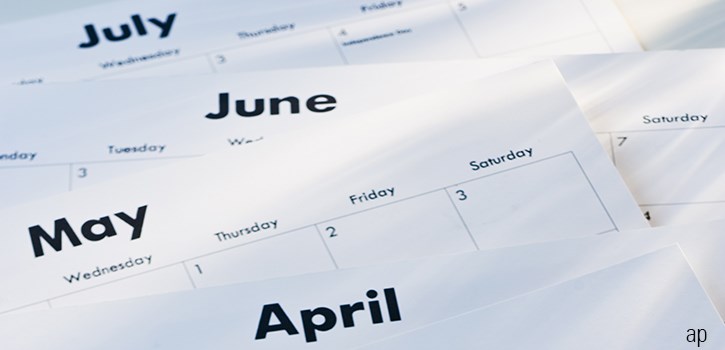
This article, originally published on May 19th, was modified on May 28th to reflect updated data points. The updated information did not change the outcome of the analysis.
The Morningstar Quantitative Rating (MQR) is an effective way to evaluate the likelihood of a fund’s outperformance relative to its peers over the long term. Since its release in August 2018, the rating has performed as expected in that after receiving a rating, on average, medalist rated funds (gold, silver, bronze) outperform negative and neutral rated funds within a category. For investors, once you decide what category of funds in which to invest, considering this rating is a great way to tilt the odds in your favour.
The roots of the MQR are entrenched in our analyst framework for funds which includes consideration around the five pillars that contribute to a fund’s ability to provide returns to the investor: people (the quality of management team); process (the effectiveness and consistency of the investment process); parent (organizational structure and talent retention); performance; and price (fees). By leveraging a machine learning algorithm, the MQR has dramatically expanded the universe of funds rated by Morningstar. In Canada, the MQR covers over 16,000 share classes of funds and is our primary forward-looking rating platform.
Using the historical ratings and ex-post data for Canadian-domiciled funds from August 31st, 2018 onwards, you can see the performance of funds relative to their category average in the months after receiving a rating. Although not a perfect gradient, gold and silver funds out-perform bronze, neutral, and negatively rated funds in as little as 12 months after receiving the rating. In other words, had an investor picked a gold or silver-rated fund, they would have likely out-performed a neutral or negatively rated fund in the same peer group if held for 12 months.
Isolating data from January 1 to March 31, 2020, you can see the medalist find performance during the volatility of the previous downturn (albeit over a very short period). Once again, medalist rated funds out-performed during the initial COVID-19 panic selling.
Gold-rated funds that held a mix of stocks and bonds on averaged showed an ex-category average return of 2.18%, while negative rated funds underperformed their respective categories by on average -0.39%. Results in fixed income funds were not quite as clear. It was surprising to see that negative-rated funds performed the best over the first quarter.
One explanation of the curious performance of negatively rated fixed income funds over the first quarter is the duration of these funds. Duration measures a bond portfolio’s sensitivity to interest rate changes and is expressed in years. A bond portfolio with a five-year duration will decrease in value by five per cent given a one per cent increase in interest rates (the opposite is true if interest rates decrease by one per cent). The table below shows the weighted modified duration and effective duration (which includes consideration of embedded callable options of bonds) for the oldest share class of fixed income funds that have a Morningstar Quantitative Rating:
Funds that received a negative rating at the tail end of 2019 had higher durations on average. It makes sense that amidst a period where the market saw two unexpected interest rate cuts from the Bank of Canada and the US Fed, funds with high interest rate sensitivities also showed a surprise boost in prices of their assets.
Like the rest of Morningstar’s ratings, instantaneous results are not the goal of our framework, nor should they be the goal of a conservative investor. Certainly, the first quarter of 2020 was unexpected, and we are pleased to see that for the most part our forward-looking ratings held true to their purpose.
As a reminder to investors, the best way to utilize Morningstar’s Quantitative Ratings is to first find the fund category that best matches with your risk tolerance. Investors with a higher risk tolerance and longer time horizon might be served well to look for categories with higher allocation to equities, while the opposite is true for those that are approaching retirement. A seasoned financial advisor can be a great resource to help you determine what allocation is best for your risk tolerance. Once you understand the category of funds that makes sense, looking at Morningstar’s ratings (gold, silver, bronze, neutral, negative) can serve as an excellent guide to finding funds that we expect to outperform peers in the future.
This article does not constitute financial advice. It is always recommended to speak with an advisor or financial professional before investing.
Editor's note: Read the latest on how the coronavirus is rattling the markets and what you can do to navigate it.
Are you getting the right returns?
Get our free equity indexes to benchmark your portfolio here




















